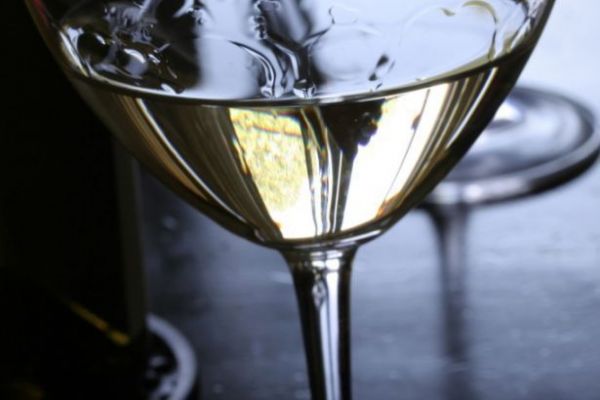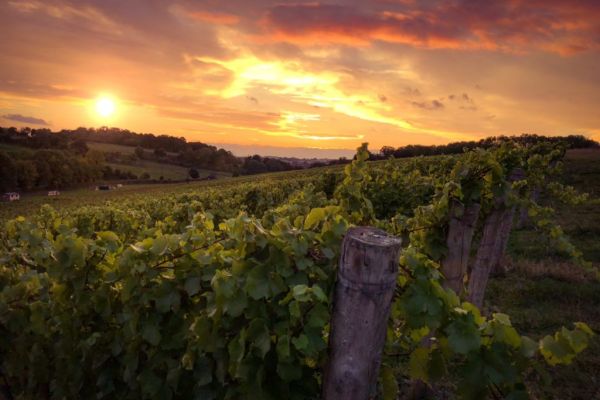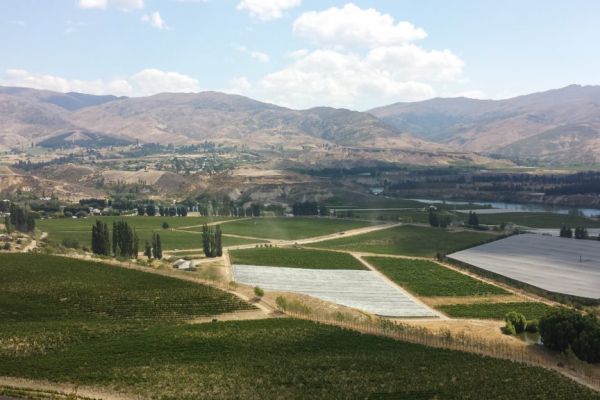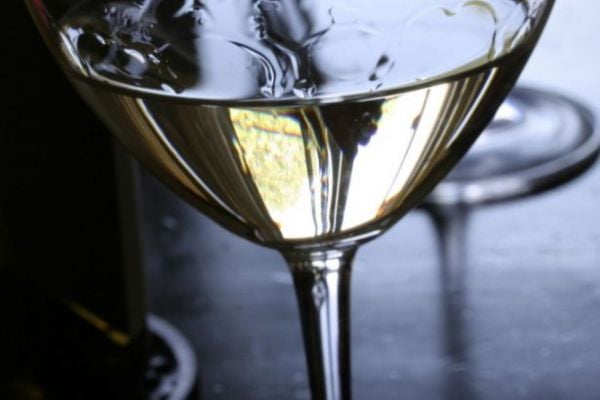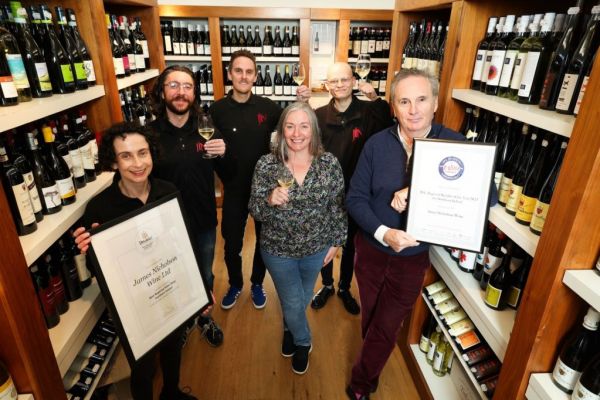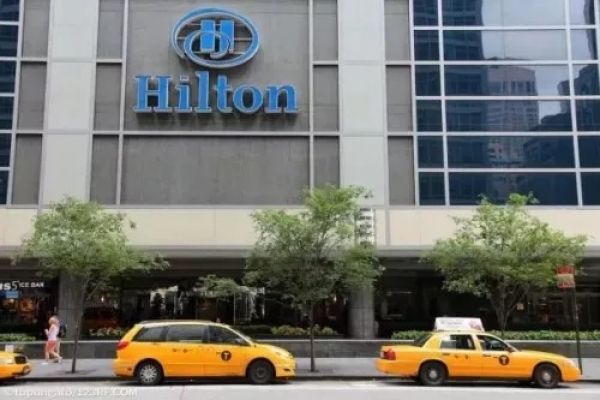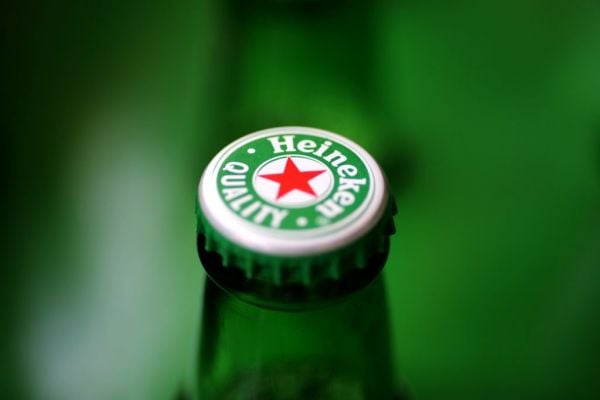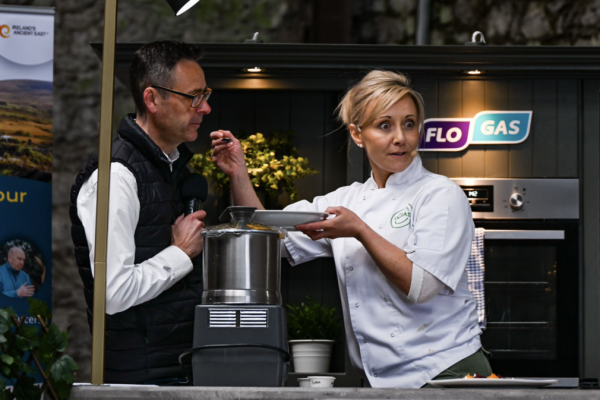Care for a “corta” bottle of Rosso di Napa?
If there are two words for wine in 2017, they’re experimentation and exploration. An unquenchable thirst for the new means wines made from less well-known grapes, such as Verdejo, and unfamiliar regions in Portugal, South Africa, and Arizona will gain buzz. (Hey, a wine from the Azores made my top 10 list for 2016.) The days when wine drinkers stuck with familiar brands, easy-to-pronounce grape names, and the standard bottle are gone forever.
That doesn’t mean, however, that we’ll give up what we’ve already embraced—for example, prosecco and rosé, which have moved from fads to wine-world fixtures, with a few stumbles. More luxury versions of all, especially pink vino, are coming, which will, hopefully, put a quick end to the frosé (rosé slushie) eruption.
Climate change remains high on my vinous radar. Scientists say 2016 was the hottest year on record, and while global warming may doom polar bears, a modest side benefit is the expanded boundaries for growing such grapes as finicky pinot noir. Think Germany, where spatburgunder (pinot noir) is better than ever, Canada, and Oregon, where the past few vintages produced top quality.
Despite competition from craft beer (up 14.1 percent, according to Beverage Information group), cider (up 10 percent), and now flavored whiskey (ugh), wine will still be going strong in 2017.
But I have a host of questions. With Brexit and other political turmoils, how much will exchange rates influence what we buy? Will wine sales from President-elect Donald Trump’s Virginia winery soar or slump? Will Bordeaux finally lower prices for the promising 2016 vintage, which I’ll be reporting on this spring? And will the love affair with smoky foods cooked over a wood-fired grill bring zinfandel back big time?
Here’s what I see in my crystal glass for 2017.
A Wider World of Great Sparkling Wine
Sparkling wine is positively effervescent in the U.S., the U.K., and even China, partly thanks to prosecco, but also because bubbly is rapidly becoming a drink for everyday celebration (and consolation). Champagne sales in the U.S., for example, were up 10 percent for the 52 weeks ended Sept. 10.
The quest for more affordable fizz will lead restless drinkers to new choices beyond prosecco and pét-nat. Regions from Italy’s Franciacorta to Tasmania have begun to crack the Champagne code with new spins on the classic recipe. (Last year I predicted English fizz would go global, and nine brands were launched in the U.S. this fall, or will be by early next year.)
In 2017, I expect two sparkling categories to increase big time. Spanish cava, made by the same method as Champagne, is going upscale. A new designation to identify higher-quality bottles, Cava de Paraje Calificado (single-estate Cava), has just gone into effect. Watch for my report on the best, coming soon. Also poised to grab attention is dry lambrusco from Italy. Like pét-nats, these are fun, crisp, and refreshing workday stress relievers—and white and red versions are beginning to show up on restaurant wine lists.
Next Year’s Hot Region? The Loire Valley
Burgundy is still hot but ever more expensive, so the Loire will be the next cool-climate region to capture attention. Exports to the U.S. were up 10 percent last year, and that number is sure to climb. There’s a lot to like at reasonable prices in the region: elegant and distinctive reds from cabernet franc and popular gamay as well as stylish, complex, dry and sweet whites from chenin blanc and lively, zingy sauvignon blanc. You may know Chinon, but lesser-known Loire areas Touraine, Anjou, Saumur, and Vouvray are set to shine.
Interest in wines from France’s cool northern regions is higher than ever—the first trade show devoted to them will be held in Paris in February—but because of 2016’s dismal weather, there will be much less Burgundy and Beaujolais available (and it will be pricier than ever). In the Loire, most winemakers harvested a plentiful crop with smiles on their faces.
A Boom in Light Red Wines
A couple of converging trends will boost light reds from everywhere. First, they tap into the rosé craze because they can be served lightly chilled, just like rosé, and offer pink-vino fans a way to expand their drinking horizons. In fact, all light fruity reds, such as Beaujolais and some pinot noirs, actually taste better chilled, because that points up their bright fruit and violet scents. (Some people will pour them over ice, but for me that’s going too far.)
Light reds are also part of the growing trend to cool-climate wines (see the Loire Valley above), perfect for everyday, year-round drinking: They don’t require aging, are highly versatile with food, and have plenty of flavor. Next year look for lively frappato from Sicily, tangy schiava and lagrein from northern Italy’s Alto Adige, pinot noir from Alsace, and zweigelt from Austria to hit by-the-glass lists in restaurants.
You’ll Be Drinking Good Wine From Cans ...... and cortas and other new packaging adventures.
The popularity of craft beer has encouraged stuffed-shirt wineries to take a more relaxed, unbuttoned approach to wine. So be prepared for more jazzed-up packaging.
Case in point: The canned wine phenomenon boomed in 2016. Sales increased 125.2 percent in the 52 weeks ended on June 18, according to Nielsen. Although sparkling wine in cans has been around for a few years, now such wineries as Oregon’s Union Wine Company are putting the same Underwood pinot noirs they sold in bottles into single-serve cans for customers’ convenience. They’re easy to tote and chill, you don’t need a glass or a corkscrew, and they’re eco-friendly, too.
Here are other new bottle types you’ll see next year, from the wacky to the luxurious.
London entrepreneur Joe Revell of startup Garçon Wines has designed a plastic Bordeaux-style bottle that’s flattened like a flask so it can fit through an English letterbox for easy delivery to consumers.
In California, several top wineries—Sonoma’s Scribe, Napa Valley wineries Ca’ Momi and La Sirena—are introducing a new, short, fat bottle called the “corta,” inspired by ancient hand-blown vessels, for some of their wines. Look for Ca’ Momi’s brand-new everyday red and white, Rosso and Bianco di Napa, and Scribe’s skin-fermented chardonnay.
This trend isn’t just for everyday wines. Jay-Z’s Armand de Brignac champagne introduced the luxury fizz mini-bottle: 1,000 “purse-size” 187 ml bottles ($150 each) of its expensive flagship Gold Brut. (Les Petites d’Armand de Brignac has the same pewter label as the original.) Santa didn’t put one in your stocking? There’ll be more luxury Champagne in this format for the holidays next year.
The Anti-Snob Wine List Will Be a Zine
Restaurant wine lists have improved mightily over the past decade or so. Gone are the leather-bound tomes with unreadable Gothic script. We’ve had the shorter, 100-name lists and the digital tablet lists that take so long to figure out how to use them that you finally just ask the waiter for advice.
In 2017, I predict more restaurants will go even more anti-snob with hip, superfun wine zines, such as the luxury list at June’s All Day in Austin, Texas. At June’s, master sommelier June Rodil uses a format with a zany handmade, comic-book look—handwritten wine names in loopy cursive, cartoon balloons, arrows, crazy drawings, quirky details, and color to liven it up. When a wine is gone, she just blacks it out with magic marker.
More Public Wine on Tap
Here’s a trend I hope will continue, though I fear kill-joy regulators will squash it: wine fountains.
In October, the Dora Sarchese winery in Ortona, in Italy’s Abruzzo wine region, created a fontana del vino, a "fountain" that flows with free red wine. The idea was to offer refreshment to those walking the popular 196-mile Cammino di San Tommaso pilgrimage route between Rome and the Ortona Cathedral. People enter into a large barrel structure and fill their glasses from spigots above a stone basin.
In Spain, Bodegas Irache in the Navarra region maintains one on a wall facing the pilgrimage route Camino de Santiago. Thousands have visited to serve themselves a free glass of wine. But the new Italian one in Ortona has captured the world’s attention: It’s the first to be open 24/7.
